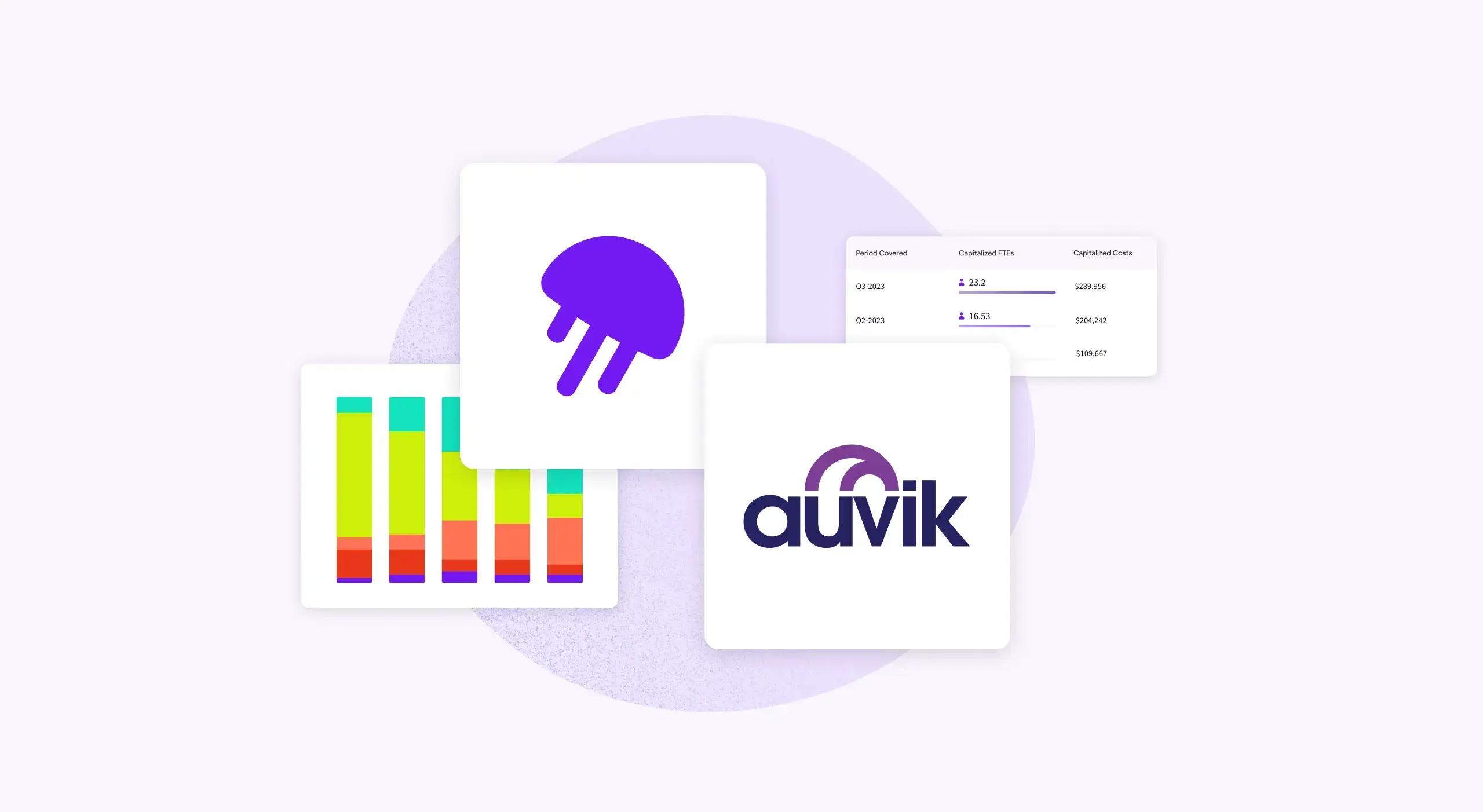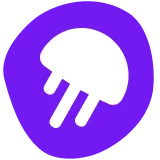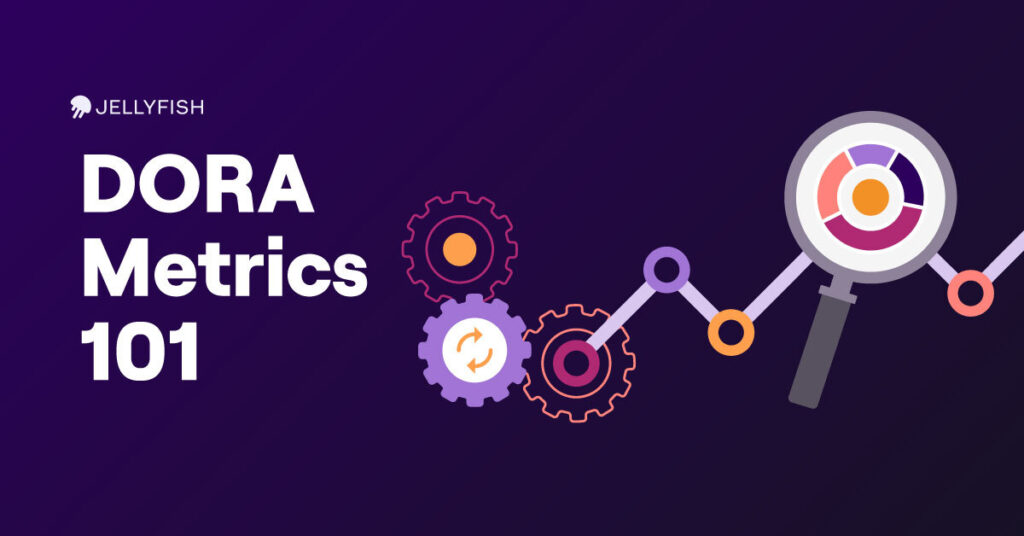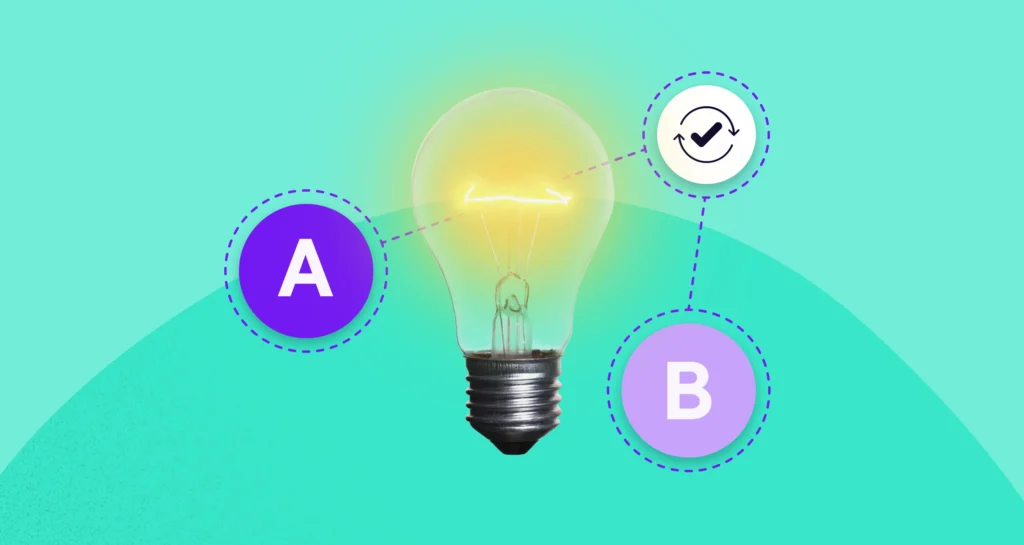Allocations, Outliers and DevFinOps: How Auvik Uses Jellyfish to Stay on Track
Engineering productivity and team health are closely connected: if a team is late on commits and code reviews, they probably feel tremendous pressure. On the other hand, a team that’s consistently hitting its goals without carrying over tasks from one sprint to the next is more likely to have a healthy, psychologically safe work environment.
In a recent Deep Dive webinar, Jellyfish Engineering Manager Marilyn Cole connected with R&D Engineering Manager Alex Costea from Auvik Networks. The Canadian company provides cloud-based network management software, and Alex’s team is responsible for ensuring the platform keeps pace with a growing client base.
This post will explore how Alex uses Jellyfish as an engineering manager to stay on track with performance goals and ensure work is aligned with the rest of the business. To learn more about Auvik’s use of Jellyfish, check out the full webinar recording.
Aligning engineering activities with business objectives
Engineering doesn’t occur in a vacuum: an engineering team’s work will flow into other business areas and determine whether the company can meet its goals. Jellyfish helps engineering managers see how their team’s activities tie in with the company’s strategic direction.
“When I start my day, I log into Jellyfish and go to my dashboard,” says Costea. “The dashboard provides me with the overall information I’m looking for on goals or initiatives I’ve starred and specific individual contributors. It’s a high-level view that allows quick access to information, but you can also dive deeper if necessary.”
Allocation breakdowns also provide a helpful view into where teams spend their time and how that work aligns with the organization’s priorities. How much time is the team spending on new features instead of keeping the lights on? For Auvik, that ratio should ideally be 75-25 or 80-20 in favor of new feature work. Allocation metrics on Jellyfish make it possible to see and communicate how the team performs.
Visualizations also play a crucial role: “Pictures are worth a thousand words,” says Costea. “It’s better for us to see a graph of how sprints are represented. We can see completed vs. added vs. carryover work. We look at sprints every week to ensure we don’t have any carryover items. Sprint charts give us a high-level view, and we can go deeper into the sprint details.”
Metrics and outliers
Auvik’s metrics — and use of Jellyfish — are guided by the need for consistency and predictability.
As an engineering manager, Alex wants to ensure small and achievable development tasks. “From our perspective, anything longer than 3–4 days becomes a problem where there might be risks we aren’t quite sure of,” says Costea.
The company’s most important metrics are issue cycle time, core review cycle time, sprint predictability, sprint completion rate, and addition rate. The addition rate indicates how many issues were added after a sprint goal, taking the team off target for reaching their objectives. Costea’s team aims for 90% completion rates on their sprints, and viewing these metrics in Jellyfish helps them understand what could be improved and what could be broken down to simplify sprints in the future.
Jellyfish also allows Auvik to dig into outliers and learn from situations that may not have gone as planned. “When it comes to outliers, those typically mean we didn’t think through it or take all the steps we needed,” observes Costea. “If we see a repeatable thing happening, we know we want to take it out as a retrospective and talk about it.”
These retrospectives play a massive role in making long-term improvements. The team will review the issues completed during the previous sprint and look at the metrics to see if those issues fell within the team’s goals. Communication is vital here to recognize when things aren’t going according to plan and when changes need to be made.
DevFinOps breakthroughs
Over the long term, Auvik expects to see tremendous value from DevFinOps in Jellyfish. The company’s current approach to cost capitalization is manual, requiring every developer to log their time. This approach is frustrating for developers, but it can also affect accuracy. If developers forget to log their time for a few days, they may struggle to remember what they worked on.
Software capitalization from Jellyfish pulls allocations from several different sources, including Jira and GitHub. The feature’s work model also allows engineering and finance leaders to infer what different workpieces might yield.
“DevFinOps is going to help us tremendously,” says Costea. “Teams aren’t going to have to do manual tracking anymore. It will provide us with all the support, and we don’t need custom scripts.”
To learn more about how Auvik makes the most out of Jellyfish, including more profound insights into metrics and delivery management, listen to the whole discussion here.
For more about DevFinOps, read our recent blog post on enhanced software capitalization practices.







